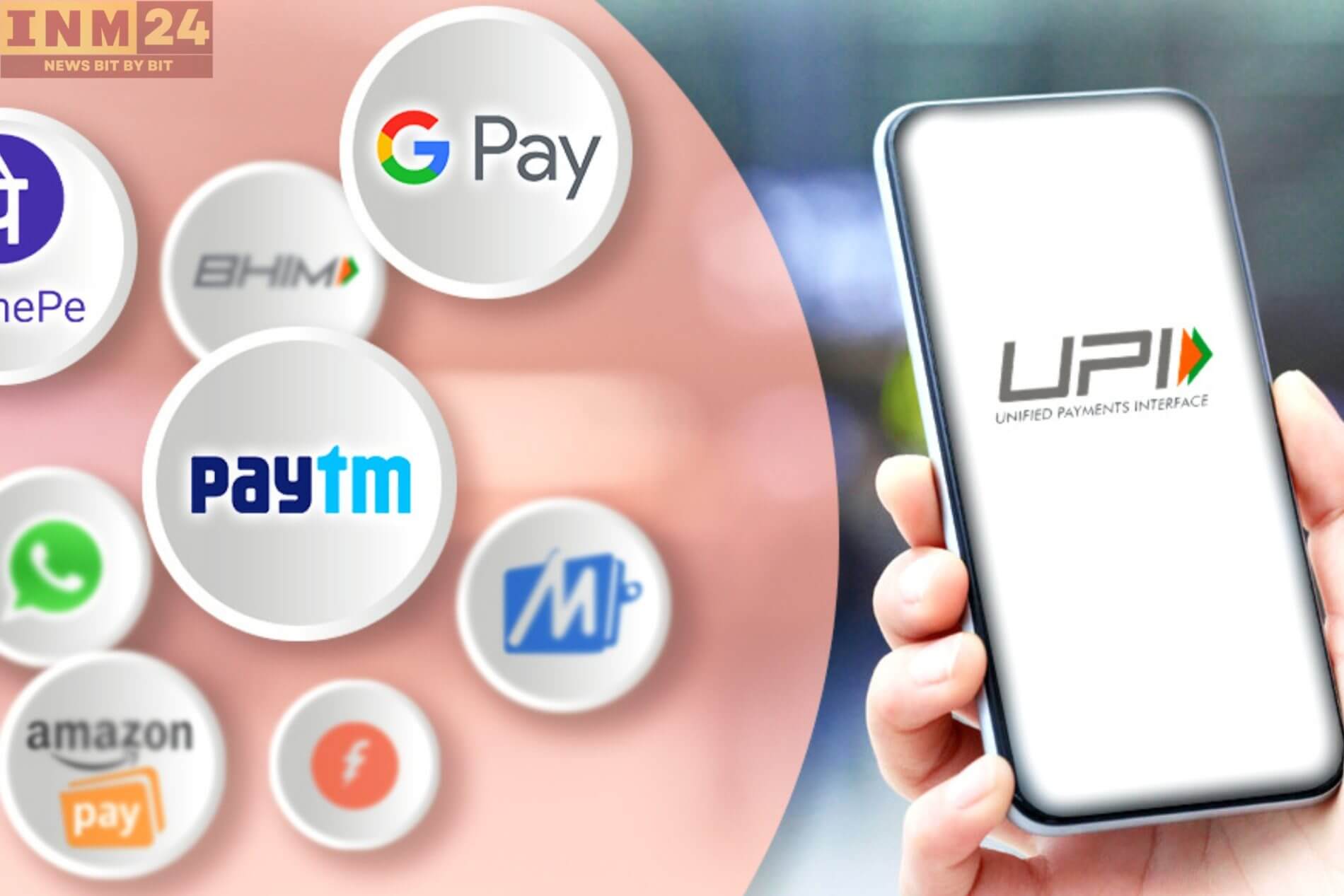In the fast-evolving landscape of digital payments in India, Google Pay and PhonePe have emerged as dominant players, continuously innovating to capture a larger share of the Unified Payments Interface (UPI) market. However, recent developments suggest a shift in their strategy, as both platforms are considering the implementation of charges for transactions, marking a potential transformation in the way UPI payments are conducted.
Google Pay and PhonePe: Pioneers of Seamless Digital Transactions
Google Pay and PhonePe have long been at the forefront of facilitating seamless digital transactions for millions of users across the country. Leveraging their user-friendly interfaces, extensive reach, and innovative features, they have played a pivotal role in driving the adoption of UPI-based payments among consumers and merchants alike.
With their widespread acceptance and convenience, Google Pay and PhonePe have successfully garnered significant market share in the UPI ecosystem. According to recent reports, these platforms collectively account for a substantial portion of UPI transactions in India, showcasing their growing influence in the digital payments landscape.
Despite their dominance, both Google Pay and PhonePe have operated on a model of providing free transactions to users, relying primarily on revenue generated from value-added services and partnerships with merchants. However, the sustainability of this model has come under scrutiny in recent times, prompting these platforms to explore alternative revenue streams.
The consideration of charging for transactions marks a significant departure from the status quo and reflects the evolving dynamics of the digital payments industry. While details regarding the proposed charges remain undisclosed, the move has sparked discussions among users and industry experts regarding its potential implications on consumer behavior and market dynamics.
On one hand, proponents argue that implementing charges for transactions could help ensure the long-term viability of UPI platforms, enabling them to invest in infrastructure, security, and innovation. By diversifying their revenue streams, Google Pay and PhonePe could enhance their sustainability and continue to offer high-quality services to users.
Concerns Over Transaction Charges Impacting Digital Payment Adoption
On the other hand, critics express concerns about the potential impact of transaction charges on consumer adoption and usage of digital payment platforms. In a market where cash transactions still dominate, any barriers to entry, such as fees for transactions, could hinder the growth of digital payments, particularly among the unbanked and underbanked segments of the population.
Moreover, the introduction of charges for transactions could lead to increased competition among UPI platforms, as users may gravitate towards platforms that offer lower or no transaction fees. This could potentially disrupt the current market dynamics and compel Google Pay, PhonePe, and other players to reevaluate their pricing strategies and value propositions.
As Google Pay and PhonePe navigate the complexities of implementing charges for transactions, they must carefully balance their revenue objectives with the need to maintain user trust and satisfaction. Effective communication, transparent pricing structures, and continued investment in user experience will be critical in mitigating any potential backlash and ensuring a smooth transition for users.
The prospect of Google Pay and PhonePe considering charging for transactions signals a significant development in the UPI market, with far-reaching implications for consumers, merchants, and the broader digital payments ecosystem. While the move underscores the evolving dynamics of the industry and the imperative for platforms to achieve financial sustainability, it also raises important questions about accessibility, affordability, and competition within the digital payments landscape. As stakeholders closely monitor these developments, one thing remains certain: the future of UPI payments in India is poised for further transformation, driven by innovation, competition, and the evolving needs of consumers.
